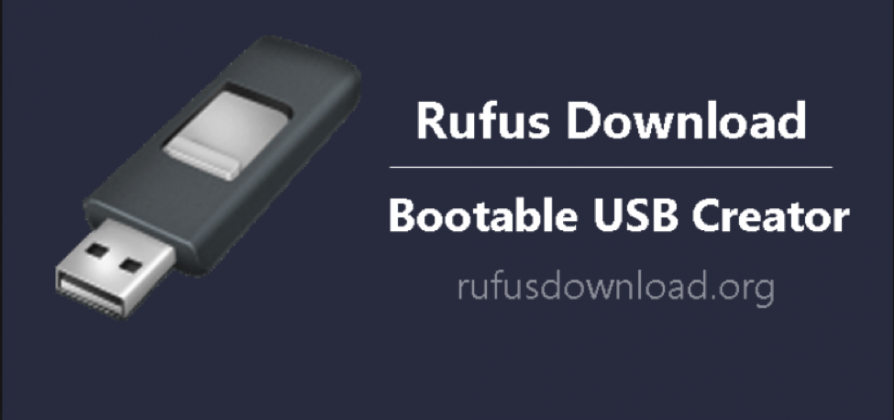
:max_bytes(150000):strip_icc()/001-how-to-burn-iso-to-usb-in-linux-4588767-10adf628f5ab4ce3a8629c248fb82d61.jpg)
This minimalistic and straightforward interface empowers users of all knowledge levels to take control over their ISO files and easily transfer them to USB storage drives. Finally, in the bottom we have a diagnostic “Status” area and two main command buttons – Burn and Close. It is important to note that only Windows OS installation can be made into bootable form, Linux and other OS are not supported. Here the File system ( Fat32, exFAT or NTFS), Volume Label, and Bootable checkmark can be added. Below is the USB Drive section where the target drive is chosen from the dropdown menu.

On the top, users can locate their ISO file by typing its location on local storage or finding it via the Browse button. The user interface of ISO to USB app features a single-window separated into four main areas. Built from the ground up to be as intuitive as possible, this application can easily serve the needs of both computing novices who just want to extract data from the ISO archives and seasoned technicians who have added fast USB bootable drives into their daily workflow. One of the most common use case scenarios for this app is to transfer the bootable Windows installation archive to the USB, enabling easy and fast installation of newer OS on older PCs (both desktops and laptops). This procedure can not only transfer files inside the ISO images (sourced from either CDs or DVDs) to the portable drive but also create bootable USB sticks that will be recognized upon system startup on any modern PC. When he isn't working on a computer or DIY project, he is most likely to be found camping, backpacking, or canoeing.ISO to USB is a lightweight media burning tool that can easily burn ISO image files directly from your storage to USB. He has designed crossovers for homemade speakers all the way from the basic design to the PCB. He regularly repairs and repurposes old computers and hardware for whatever new project is at hand. He enjoys DIY projects, especially if they involve technology.

He also uses Proxmox to self-host a variety of services, including a Jellyfin Media Server, an Airsonic music server, a handful of game servers, NextCloud, and two Windows virtual machines. He has been running video game servers from home for more than 10 years using Windows, Ubuntu, or Raspberry Pi OS. Nick's love of tinkering with computers extends beyond work. In college, Nick made extensive use of Fortran while pursuing a physics degree. Before How-To Geek, he used Python and C++ as a freelance programmer.

He has been using computers for 20 years - tinkering with everything from the UI to the Windows registry to device firmware. Nick Lewis is a staff writer for How-To Geek.


 0 kommentar(er)
0 kommentar(er)
